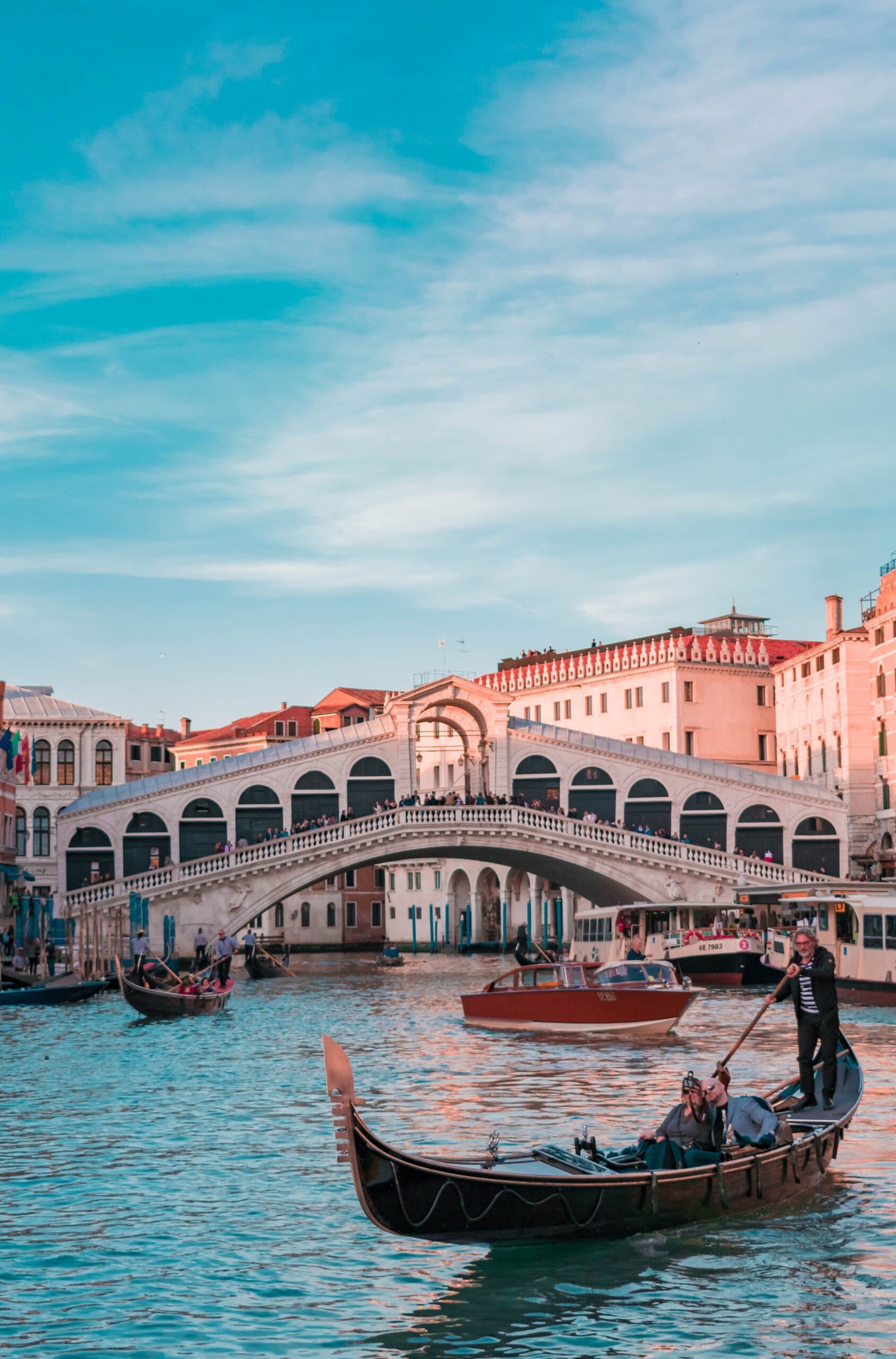When it comes to iconic landmarks in Venice, the Rialto Bridge is undoubtedly one of the most famous. Spanning the Grand Canal, this architectural marvel has a rich history that dates back centuries. Let’s delve into the fascinating story behind the Rialto Bridge.
A Bridge of Necessity
The need for a bridge across the Grand Canal arose in the late 16th century. Prior to the construction of the Rialto Bridge, the only way to cross the canal was by boat. As Venice grew in importance as a trading center, the need for a permanent bridge became evident.
In 1588, the Venetian authorities announced a competition to design a bridge that would connect the bustling markets on either side of the canal. Several renowned architects submitted their proposals, but it was Antonio da Ponte who ultimately won the commission.
An Architectural Feat
Construction of the Rialto Bridge began in 1588 and was completed in 1591. The bridge was designed to be a single stone arch, a daring architectural feat at the time. Its elegant and graceful design quickly captured the admiration of locals and visitors alike.
The bridge is made of Istrian stone, a type of limestone that has proven to be durable over the centuries. Its iconic shape and distinctive arch have become synonymous with the city of Venice.
A Symbol of Commerce
From the moment of its completion, the Rialto Bridge became the heart of commercial activity in Venice. The bustling markets on either side of the bridge were filled with merchants selling a wide range of goods, from spices and silks to precious metals and artwork.
For centuries, the Rialto Bridge served as the main artery of trade in Venice, connecting the city’s eastern and western districts. It was a hub of activity, with merchants and shoppers crossing its arches daily.
Restorations and Renovations
Over the years, the Rialto Bridge has undergone several restorations and renovations to ensure its preservation. The first major restoration took place in the late 16th century, just a few decades after its completion.
In the 19th century, the bridge underwent significant modifications to accommodate the increasing traffic. The original shops that lined the bridge were removed, and the central walkway was widened.
More recently, in the 20th century, the Rialto Bridge underwent extensive restoration to address structural issues and preserve its historic beauty. Today, visitors can admire the bridge in all its glory, knowing that it has been meticulously maintained throughout the centuries.
A Timeless Landmark
Today, the Rialto Bridge continues to be a symbol of Venice’s rich history and architectural prowess. It is a popular attraction for tourists, who flock to the bridge to take in the stunning views of the Grand Canal and the surrounding city.
Whether you’re strolling across the bridge or admiring it from a gondola, the Rialto Bridge is a testament to the ingenuity and creativity of the Venetian people. Its timeless beauty and historical significance make it a must-see landmark for anyone visiting Venice.
So, the next time you find yourself in Venice, be sure to make your way to the Rialto Bridge. Take a moment to appreciate its history and marvel at the architectural masterpiece that has stood the test of time.
